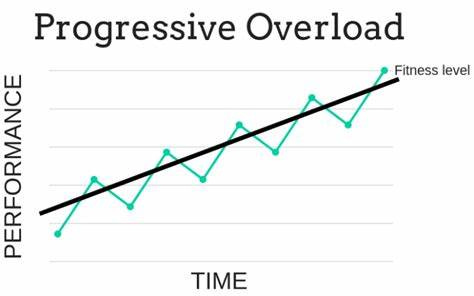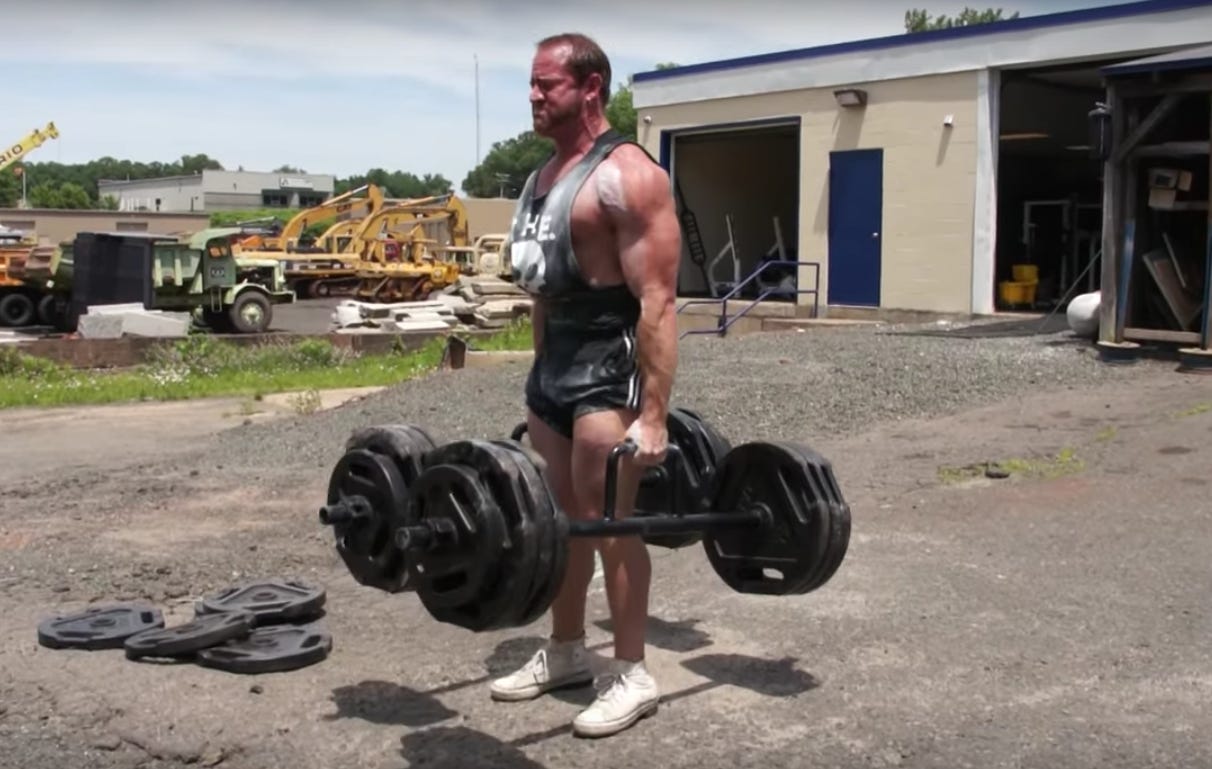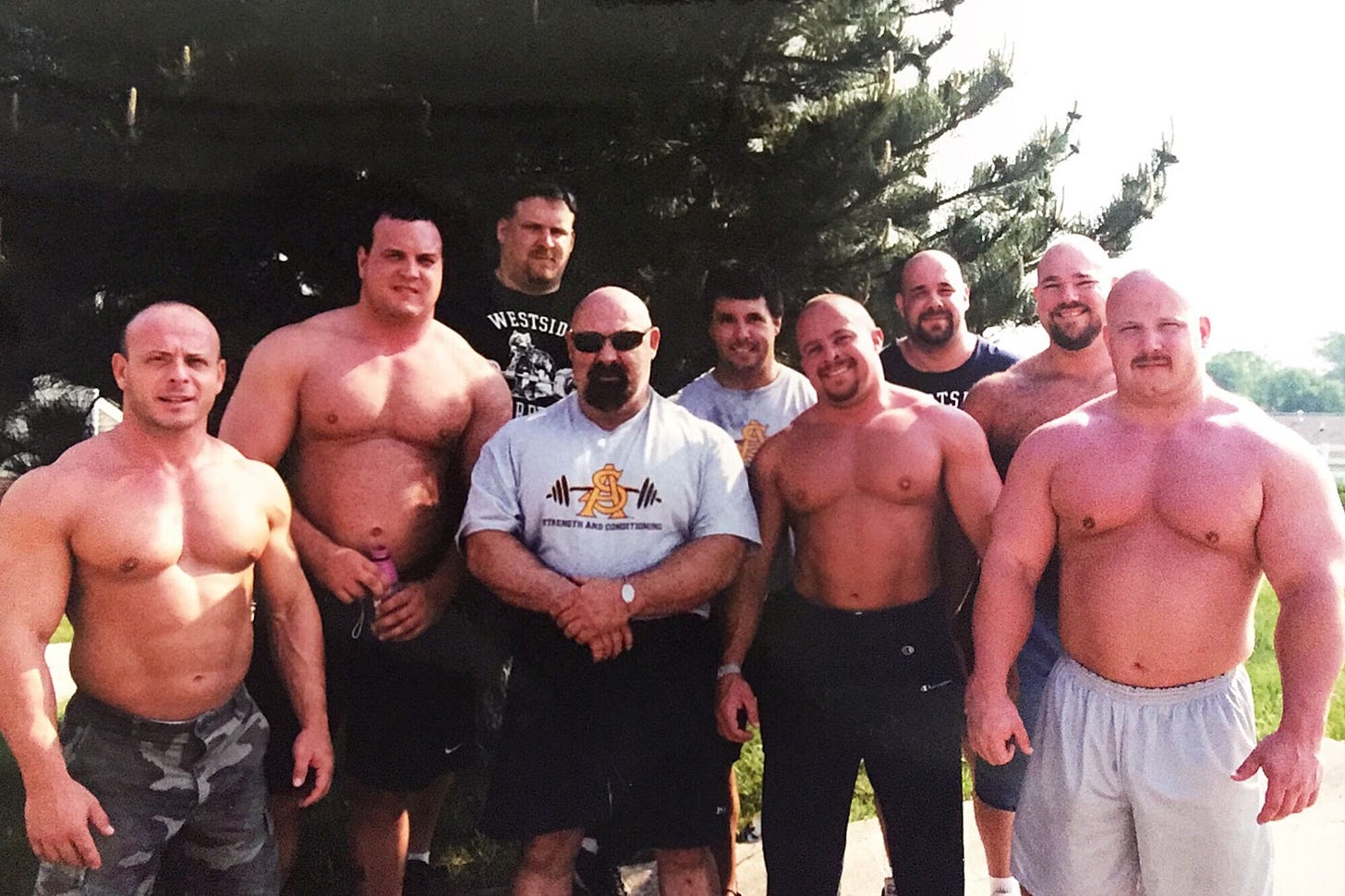The Hero
Every aspiring strength coach and athlete can recite the tale of the legendary greek myth, Milo of Croton. Or at least the part about the bull, the mountain and how it applies to progressive overload. Most people miss the nuances of his other epic escapades and how they can be applied to training athletes today.
The Bull
Before he became Milo of Croton he was just Milo, and before the bull there was a calf. At some point in Milo’s childhood he decided that when he grew up he was going to be known as the greatest athlete in all of Greece. Milo knew that in order to achieve his goals, he needed to start training as soon as he could and by whatever means necessary.
With his goal in sight, Milo carried his family’s only young calf up the nearby mountain and brought it back down the same day. Milo continued on this regimen every day through the calf’s adolescence and into its adulthood (if you’ve seen Holes, this reference might sound familiar).
This is where the connection between Milo and every budding powerlifter’s journey in the strength training world begins. This story, better than any other, encapsulates the principle of Progressive Overload.
Hidden Messages In The Myth
Progressive Overload: the method of strength training that advocates for the gradual increase of the stress placed upon the musculoskeletal and nervous system. The comparison comes through clear as day. The cow gets heavier and Milo gets stronger. Where people miss the mark is how this story can be applied to other training principals is in the technicalities of the exercise itself.
Milo didn’t just progressively overload, if that were the case the calf would increase in weight while staying the same size. In reality, Milo would have needed to use a different approach and technique as the animal grew from a 60 pound 2 foot tall calf to a 2,400 pound and 5 foot tall behemoth. To paint a more clear comparison, the exercise of lifting the calf and carrying it up the mountain would become a different movement with each passing day, a sort of constant variation. The principle in application here being the law of accommodation.
Law of Accommodation, as explained by Dr. Vladimir M. Zatsiorsky, is the decrease in response of your body to a constant continued stimulus. In training, the stimulus is physical exercise. Basically, Milo trained conjugate before Westside and the Soviet strength and conditioning system existed. While he may not have had access to specific equipment, he had a mean strength and conditioning program, which brings us to our third message.
Conditioning Matters
While not a written textbook principal, the concept of having conditioned strength athletes and strong aerobic athletes is an idea lost on many coaches around the world. Milo wasn’t bench pressing a calf, squatting a cow, or racing against a stampede of cattle, he was carrying weight over a distance.
While there may be something to be said for the competitors at the tip of the iceberg who make their career on performing single repetition movements there’s no good reason for you to ignore one half of your athleticism just to focus on being mildly decent at one exercise. That’s not to say that you need to run five miles before and after every one rep max like some kind of masochistic crossfitter, just that it would be in every strength athletes benefit if they incorporated more aerobic work.
Aside from the more well-known heart benefits of having a well-oiled respiratory system, a better conditioned strength athlete can handle more training volume. More training volume can yield more strength gains, which is what we’re all here for. Not only that but, it’s nice to be able to walk up a flight of stairs without sounding like you ran a three-legged marathon with one of your buddies. Speaking of buddies, Milo and the bull’s relationship brings us to our final message hidden in the myth.
Find Your Bull
Training partners are often the most overlooked training accessory but more times than not the most integral to one’s success. Milo didn’t pick up a rock or log, he lifted an infant cow. The calf mirrored Milo’s innocence and potential as much as his later growth in strength and size. This message is parroted by some of the greatest coaches and training partners of all time in Stan Efferding and Louie Simmons. While they were never each other’s partners, the infamous Louie Simmons of Westside Barbell cites having friends he could compete against in his garage as the greatest piece of gym equipment he had.
This was furthered in the culture he created at his gym, one that thrived on constant competition and camaraderie, the same competition and camaraderie that went on to break near countless world records. While Stan didn’t create a mecca in the same way Louie did, he knew that in order to accomplish his goals of becoming the best he needed to find a partner that could help push or carry him there. Early in his career, Stan lived and trained with Flex Wheeler to become the greatest bodybuilder he possibly could.
Later on, when Stan wanted to become the world’s strongest bodybuilder in the world he teamed up with Mark Bell to train him to a raw total of 2,303 lbs. There are a number of dynamic duos in and out of the lifting community that convey just how important it is to find a good partner in training, work, and life. Find your bull.
Climb That Mountain
The message here is meant to be a little tongue and cheek. No one is claiming that Milo of Croton was the greatest strength coach of all time or that aspiring gym rats need to return to the farm and carry their bovine brothers up Mount Olympus. However, the story of the man and his bull still stands as one of the great tales exemplifying consistent effort and increased stress over time leading to success.
The idea of this article is to piggyback, or bully back, off that story and flesh out how much deeper it all is when put into context with a modern lense. Modern philosophers’ educators will write entire college courses around a few words written in a book a couple hundred years ago to elaborate on how it pertains to everyday life today, there’s no reason we can’t adopt this same level of analysis and apply it to how we educate young coaches and athletes.
Article Written by Former Integrit Team Member Seth Sievers









